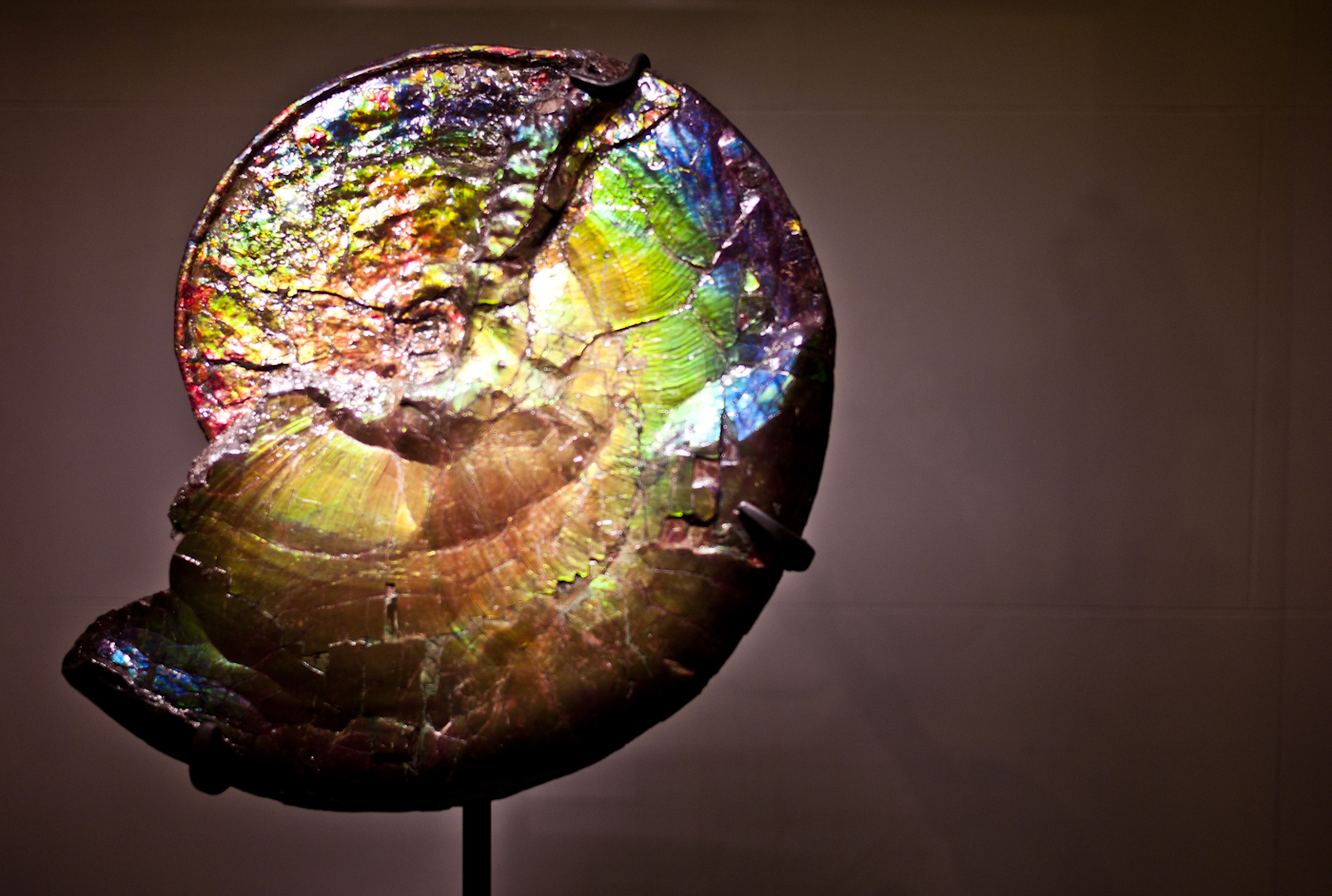Artichoke flower

The globe artichoke is a perennial thistle of the genus Cynara-originating around
the Mediterranean. It grows from 4.6 to 6.6 ft in height. It has arched, deeply lobed, silvery green leaves are 20 to 32 inches long.
The artichoke flowers develop in a large head from an edible bud. The bud is about 3 to 6 inches in diameter and has numerous triangular scales. The individual florets are purple.
The fleshy lower portion and the base of the bud are known as 'heart' and form the edible portions of the bud. The mass of immature florets in the center of the bud is called the "choke" or beard. These are inedible in the older and the larger flowers.
The antioxidant in artichoke flower heads is reportedly one of the highest for vegetables. Cynara the active chemical constituent in Cynarin is located in the pulp of the leaves. Dried leaves and stems of the artichoke also contain it. It inhibits taste receptors, making water and other foods and drinks taste sweet.
This vegetable is a diuretic with nutritional value. It aids digestion and improves the function of liver and the gall bladder. It increases the ratio of HDL cholesterol to LDL cholesterol and thereby reduces the risk of coronary heart disease.
Aqueous extracts from artichoke leaves also have the same benefits. Artichoke leaf extract has proved helpful for patients with functional dyspepsia.

The globe artichoke is a perennial thistle of the genus Cynara-originating around
the Mediterranean. It grows from 4.6 to 6.6 ft in height. It has arched, deeply lobed, silvery green leaves are 20 to 32 inches long.
The artichoke flowers develop in a large head from an edible bud. The bud is about 3 to 6 inches in diameter and has numerous triangular scales. The individual florets are purple.
The fleshy lower portion and the base of the bud are known as 'heart' and form the edible portions of the bud. The mass of immature florets in the center of the bud is called the "choke" or beard. These are inedible in the older and the larger flowers.
The antioxidant in artichoke flower heads is reportedly one of the highest for vegetables. Cynara the active chemical constituent in Cynarin is located in the pulp of the leaves. Dried leaves and stems of the artichoke also contain it. It inhibits taste receptors, making water and other foods and drinks taste sweet.
This vegetable is a diuretic with nutritional value. It aids digestion and improves the function of liver and the gall bladder. It increases the ratio of HDL cholesterol to LDL cholesterol and thereby reduces the risk of coronary heart disease.
Aqueous extracts from artichoke leaves also have the same benefits. Artichoke leaf extract has proved helpful for patients with functional dyspepsia.














